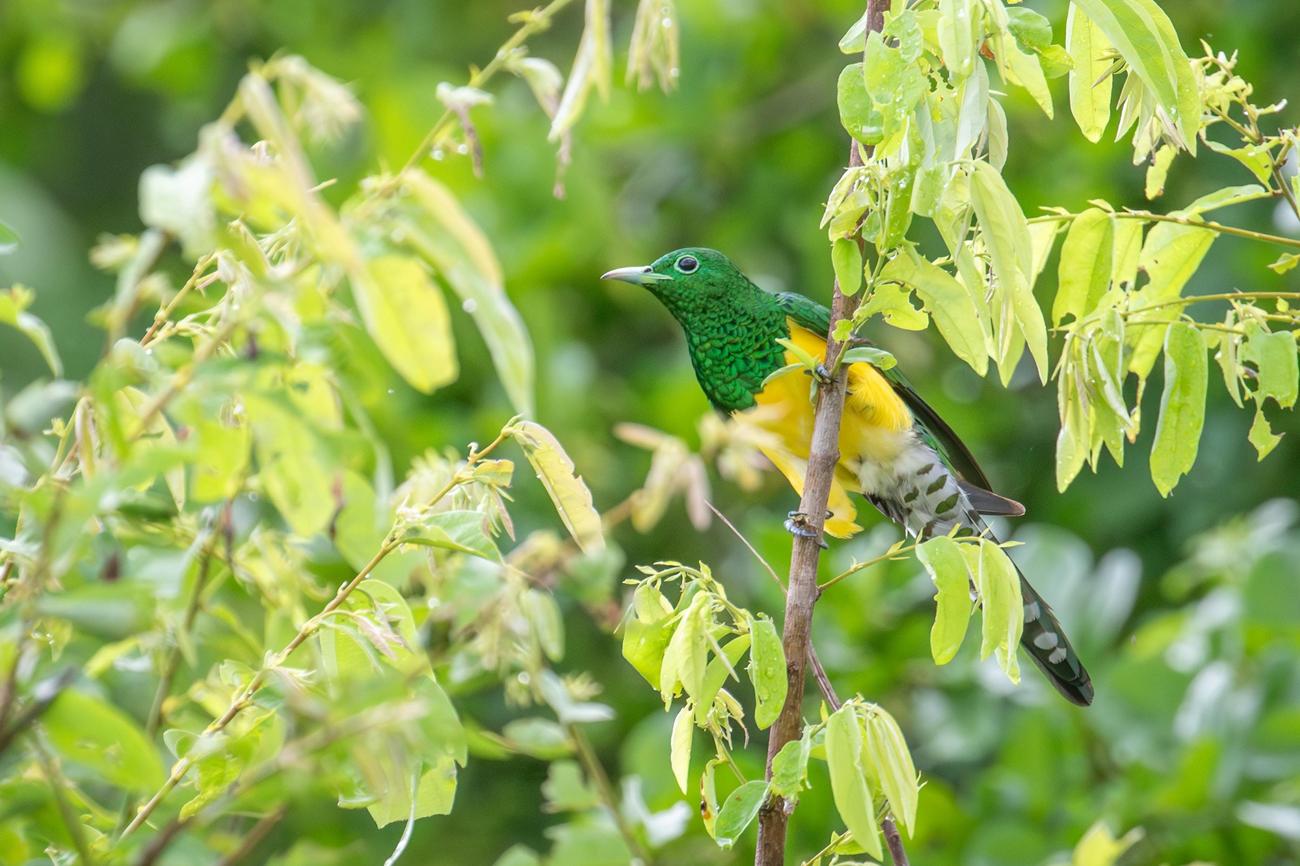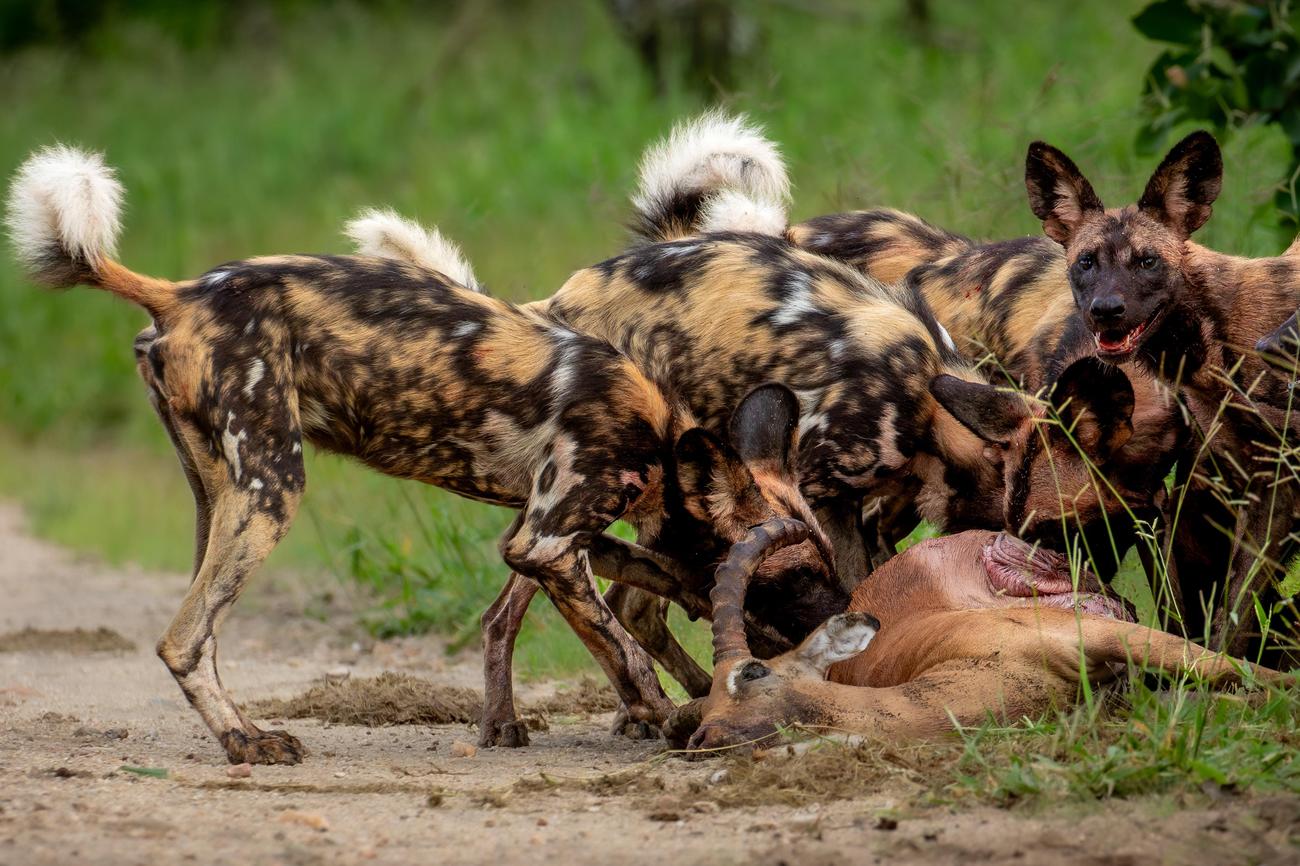Explore the captivating world of Malawian languages as we unravel the intricate threads that weave together the cultural tapestry of this vibrant nation. In this article, we will embark on a linguistic journey, delving deep into the diverse linguistic expressions that define Malawi’s rich heritage. From the melodious tones of Chichewa to the lesser-known languages that whisper stories of ancient traditions, join us as we uncover the beauty and significance of language revitalization in preserving the cultural identity of Malawi.

Exploring the Rich Tapestry of Malawian Languages
As an experienced journalist specializing in linguistic diversity, I have dedicated several years to exploring the rich tapestry of Malawian languages. With a passion for uncovering the intricacies of different cultures and their linguistic expressions, I have cultivated a deep understanding of Malawian languages through extensive research and fieldwork. My previous articles on language preservation and documentation have been widely acclaimed, showcasing my aptitude for synthesizing complex linguistic concepts into engaging narratives accessible to diverse audiences. Drawing from my background in linguistics and my experience working with Malawian communities, I bring a unique perspective to this article, offering valuable insights into the linguistic heritage of Malawi and the significance of language revitalization efforts in maintaining cultural identity.
Malawi, a landlocked country in southeastern Africa, is a cultural mosaic with over 20 tribal groups, each with its own distinct language. Exploring the rich tapestry of Malawian languages means immersing oneself in a world where the spoken word becomes a gateway to understanding the customs and traditions of diverse communities. It is through language that the history and values of a people are passed down through generations, shaping their identity. However, in our rapidly changing world, the linguistic heritage of Malawi is facing numerous challenges, making language revitalization efforts crucial in preserving cultural identity.
Throughout Malawi, there are indigenous languages that have been marginalized, suppressed, and even endangered due to the dominant use of English and other foreign languages. This erosion of linguistic diversity threatens the very fabric of Malawi’s cultural tapestry. So, how can we explore this rich tapestry of Malawian languages and ensure its preservation for future generations?
Language revitalization is not solely about the words and grammar; it is a holistic process that encompasses the preservation of cultural practices, songs, stories, and oral histories. It involves engaging with communities at a grassroots level, empowering them to take ownership of their linguistic heritage. By conducting interviews, documenting folklore, and archiving indigenous knowledge, linguists and community members can collaborate to weave together an intricate mosaic of Malawian languages.
One approach to exploring the richness of Malawian languages is through the compilation of language dictionaries, textbooks, and educational materials. These resources empower Malawian communities to teach their languages to younger generations, ensuring that their linguistic heritage thrives. Through this process, Malawians can reclaim their voice, finding pride and confidence in their cultural identity.
Another essential aspect of language revitalization is the promotion of multilingualism. Imagine a country where every citizen values and speaks multiple Malawian languages, fostering a sense of unity and shared understanding. By encouraging language learning programs in schools, universities, and community centers, we can create an environment where language diversity is celebrated and cherished.
However, the revitalization of Malawian languages does not come without its challenges. A lack of resources, limited government support, and the dominance of global languages make it an uphill battle. Yet, with concerted efforts from academics, policymakers, and local communities, we can overcome these obstacles and reinvigorate the linguistic landscape of Malawi.
In conclusion, exploring the rich tapestry of Malawian languages is not just an academic pursuit; it is a journey of cultural discovery and preservation. By valuing and revitalizing indigenous languages, we can safeguard the diverse cultural identity of Malawi. Language revitalization efforts, rooted in extensive research and community engagement, hold the key to unlocking the beauty, wisdom, and heritage embedded within Malawian languages. Let us embark on this transformative journey together and ensure that the linguistic tapestry of Malawi continues to flourish for generations to come.
“Language revitalization is more than just preserving words; it entails safeguarding the essence and soul of a culture.”
Malawi, a beautiful country located in southeastern Africa, is not only known for its stunning landscapes but also for its unique language. If you are curious to learn more about the Malawi language, we have compiled 5 intriguing facts that will surely captivate your interest. Discover the fascinating history, linguistic characteristics, and cultural significance of the Malawi language by clicking here: 5 Facts About Malawi Language. Get ready to delve into a world of linguistic diversity and expand your knowledge about this remarkable African nation.

FAQ
Question 1
What is the significance of linguistic diversity in Malawi?
Answer 1
Linguistic diversity in Malawi plays a crucial role in preserving the cultural identity of different communities. It reflects the rich tapestry of traditions, customs, and historical narratives that have shaped the nation.
Question 2
Why is it important to explore Malawian languages?
Answer 2
Exploring Malawian languages allows us to gain a deeper understanding of the country’s diverse cultures and their linguistic expressions. It helps in documenting and preserving these languages, preventing them from being lost to time.
Question 3
What efforts are being made to revitalize Malawian languages?
Answer 3
Various language revitalization efforts are being undertaken to preserve Malawian languages. These include linguistic research, community-driven documentation projects, educational initiatives, and the promotion of bilingualism.
Question 4
How does language revitalization contribute to cultural identity preservation?
Answer 4
Language revitalization efforts are essential for maintaining cultural identity. When languages are preserved, they serve as repositories for cultural knowledge, traditions, and values. Revitalizing languages empowers communities to embrace their unique heritage and pass it on to future generations.
Question 5
What can individuals do to support language revitalization in Malawi?
Answer 5
Individuals can support language revitalization in Malawi by learning and using local languages, engaging with cultural communities, supporting educational programs, and advocating for language preservation and documentation initiatives. Every effort, no matter how small, can make a meaningful impact in preserving Malawi’s linguistic heritage.
- China II Review: Delicious Food & Speedy Service - April 17, 2025
- Understand Virginia’s Flag: History & Debate - April 17, 2025
- Explore Long Island’s Map: Unique Regions & Insights - April 17, 2025
















